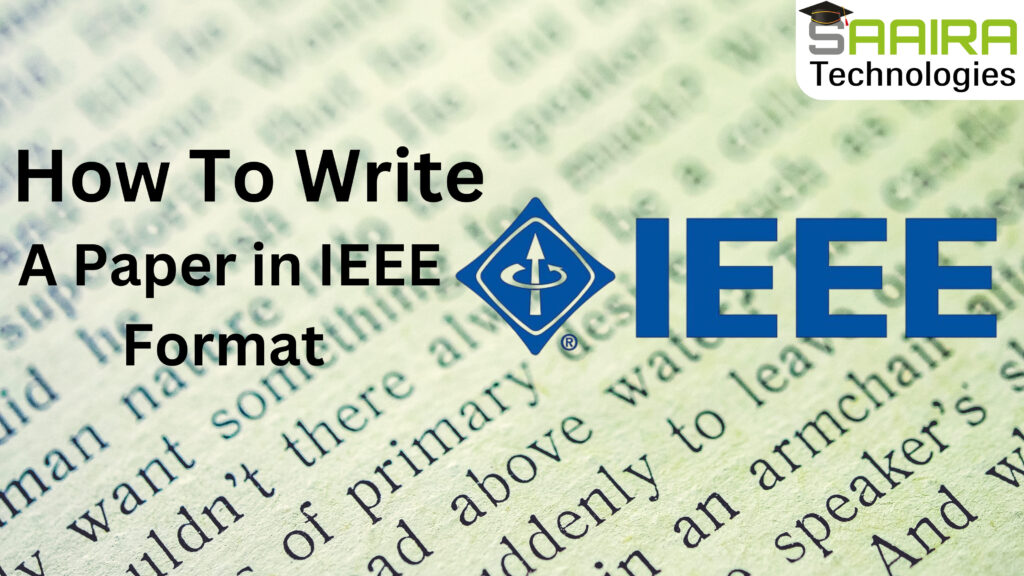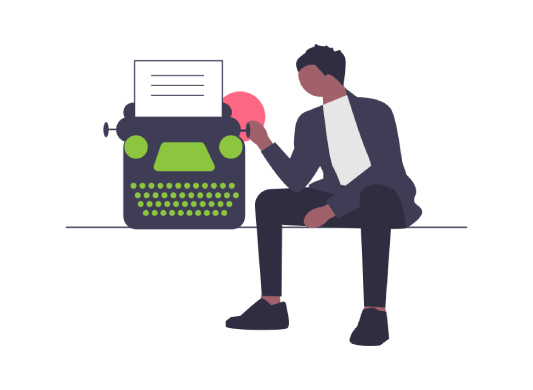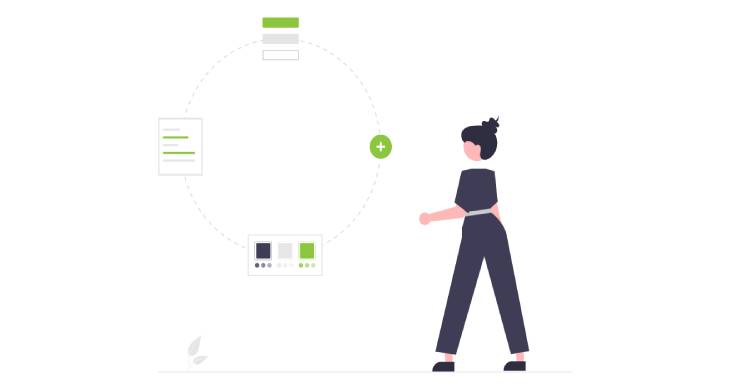IEEE Format For Paper Presentation

The IEEE format is the standard set by the Institute of Electrical and Electronics Engineers (IEEE) for formatting research papers, particularly in the fields of engineering, computer science, and technology. Make sure to use appropriate captions, placing figure captions below the figures and table captions above the tables. In this guide, we will walk through all aspects of the IEEE format to help you prepare your paper in compliance with its guidelines.
Overview of IEEE Format
What is IEEE Format?
IEEE format is a widely accepted style for writing research papers in the technical domain. It provides specific rules on paper structure, formatting, citation, and referencing, ensuring clarity, consistency, and professionalism in academic publishing.
Importance of IEEE in Academic Publishing
Role in Technical Research Papers
The IEEE format ensures that technical papers are presented uniformly and transparently, which is crucial in fields like engineering and computer science. It supports peer review processes by standardizing structure, allowing researchers to focus on content without worrying about formatting discrepancies.
Paper Structure in IEEE Format
An IEEE paper typically contains several key sections:
Title: A concise representation of the topic.
Abstract: A brief summary of the paper.
Keywords: Terms relevant to the paper’s content.
Introduction: Presents the research problem and objectives.
Formatting Guidelines
Margins, Fonts, Sections, Headings
Margins: 1-inch margins on all sides.
Font: Times New Roman, 10-point font.
Sections and Headings: Use clear section headings (e.g., H1 for main titles, H2 for subsections) to organize content logically.
Referencing and Citation
IEEE Citation Style, In-text Citations
IEEE uses a numbered citation style. Sources are numbered in the order they appear in the text. For example, a citation would look like: “[1]”. Full references are provided at the end of the paper in a numbered list.
Figures and Tables in IEEE
Proper Formatting for Visual Aids
Graphics and charts should be well-defined, identified, and linked to the relevant text sections. Use accurate captions, placing figure captions beneath the figure and table captions above it.
Writing the Abstract
Best Practices for an Engaging Abstract
An abstract should briefly encapsulate the paper’s objective, methodology, main findings, and conclusions within 150 to 250 words. It provides readers with a quick overview of the research.
Keywords Selection
Importance of Keywords, Tips for Choosing
Select 3-5 key terms that best encapsulate the paper’s main themes. These help in indexing and ensure that your paper can be easily found by researchers.
Writing the Introduction
How to Structure Your Introduction
The introduction should define the research problem, the motivation behind the study, and outline the structure of the paper. It sets the stage for the reader to understand the significance of your work.
Main Body Content
Presenting Research, Findings, and Methodology
In this section, detail your research methods, findings, and discussions. Follow a logical structure, ensuring that each section flows into the next. Present your data clearly, and provide explanations where necessary.
Conclusion and Future Work
Summarizing Key Points, Discussing Future Work
The final summary should encapsulate the key outcomes of the study, emphasize its importance, and propose possible directions for further investigation. It should leave the reader with a clear understanding of your contributions.
Best Practices for Proofreading
Ensuring Clarity and Coherence
Carefully proofread your paper to check for grammar, spelling, and formatting mistakes. Ensure consistency in terminology and that all sections contribute to the overall argument.
Common Mistakes to Avoid
Formatting Errors, Inconsistent Citations
Common issues include incorrect margins, inconsistent font sizes, and improper citation formatting. Always cross-check you’re formatting with the official IEEE guidelines before submission.
Expert Tips for an Effective IEEE Paper
Insights from IEEE Experts
Experts suggest focusing on clarity, technical accuracy, and concise writing. Avoid jargon unless necessary, and always back up claims with references.
Case Study: Successful IEEE Papers
Analysing Well-Structured IEEE Papers
Reviewing successful papers in IEEE journals can offer insight into the structure, tone, and level of detail expected. Look for common elements such as clear argumentation and proper citation practices.
Future Trends in Paper Formatting
Possible Future Changes in IEEE Format
With increasing use of multimedia and digital platforms, there may be future shifts towards more interactive elements in IEEE papers, such as embedded videos or interactive figures.
IEEE formatting plays a crucial role in academic publishing within technical fields. By adhering to these guidelines, you ensure your research is presented clearly and professionally, increasing its chances of publication and dissemination.
FAQ
Most frequent questions and answers
The standard font size is 10-point Times New Roman.
Citations are numbered sequentially as they appear in the text, with the full reference listed at the end.
Yes, but ensure they are high quality and essential to the paper’s content.
Reach out to us at www.saairatechnologies.com or give us a call at 7604897174 if you need assistance with the Thesis Editing.
Our strengths
Guarantee of Service
PhD in Creativity
At Saaira Technologies, our mission is to provide a level of service unparalleled by any other organization. We take immense pride in our team of highly skilled and experienced pro-writers. We are excited to declare that, at Saaira Technologies, we never compromise when it comes to quality. Our commitment to excellence sets us apart in the industry.
Assurance and Privacy
At Saaira Technologies, we guarantee that your research and personal information will be treated with utmost confidentiality. We are committed to maintaining strict privacy and ensuring that your data is securely handled for internal purposes only. Your trust is of paramount importance to us, and we take every measure to safeguard your information.
24/7 Service Assistant
At Saaira Technologies, our team of experts is readily available round the clock on Facebook, WhatsApp, and Email, ensuring uninterrupted support and assistance. We operate 24 hours a day, 7 days a week, allowing clients to conveniently connect with us at any time. Your satisfaction is our priority, and we are committed to providing timely and reliable service.
Why choose us?
PhD help technical experts are very friendly and always ready to hear from you. Our experts are available at any stage of your PhD work.
The project you submit to us will be a hidden treasure and it will be confidential and maintained very secretly.
PhD help projects are always cost effective but we assure you that this will not affect the quality of your work.
PhD help developers are well experienced and professionals in their particular field. They are very eager and always on duty. They are readily available to help you in any situation and time. Our experts are available on the shop floor always ready to help you at any point of your PhD you are stuck.
Teams of Saaira Technologies
Business Development Executives


Data Scientist
Language Editing Division


Department of Journal Publications
What Sets Us Apart from The Competition?

